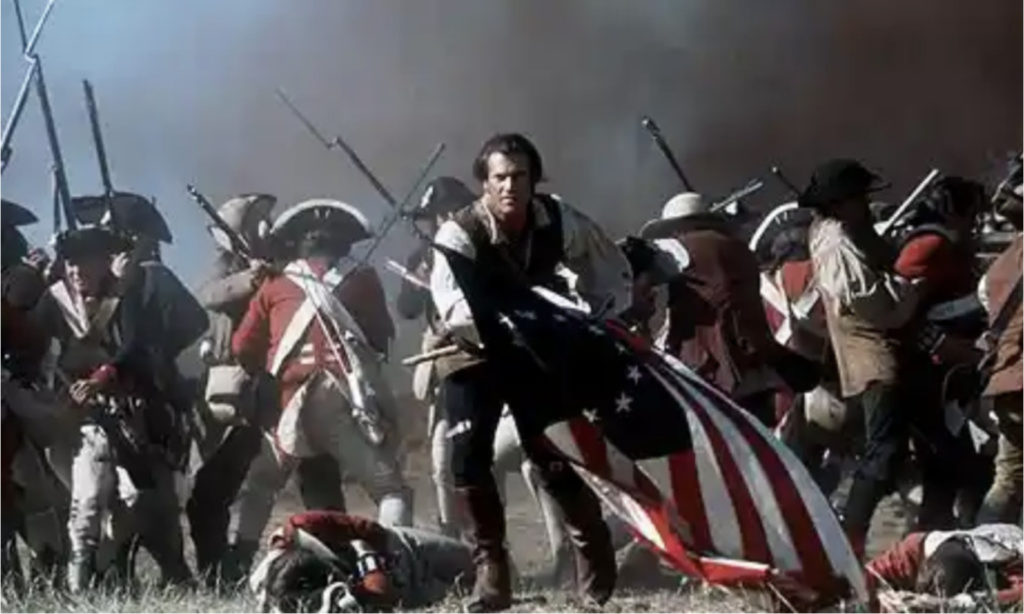
The righteousness of war turns wholly upon one’s perspective. One man’s freedom fighter is another man’s terrorist. This timeless axiom is as old as mankind. The line between reviled bloodthirsty animal and celebrated warrior can at times be undeniably fine.
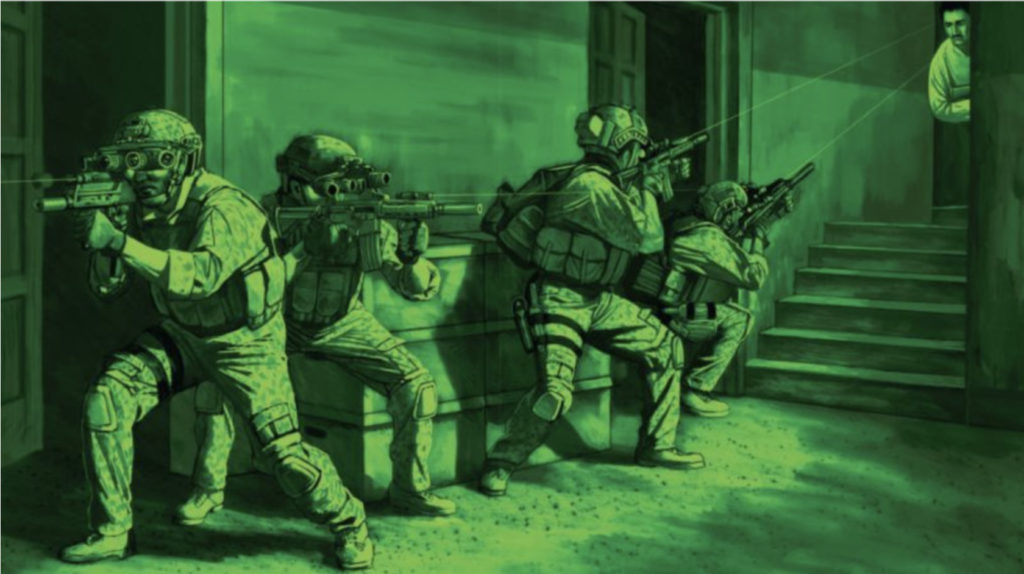
There is little I enjoy more than dissecting some rarefied military operation. This venue is dirty with my efforts to explore and explain the tales of heroism and refined military acumen that we as a patriotic people do so righteously venerate. However, what if the point of view is reversed? What if, instead of flint-eyed Navy SEALs infiltrating the hideout of some evil terrorist mastermind to dispense a little frontier justice, the operators are actually the terrorists, and the targets are good red-blooded Americans? I admit that this simple adjustment of source material does change everything about the narrative.
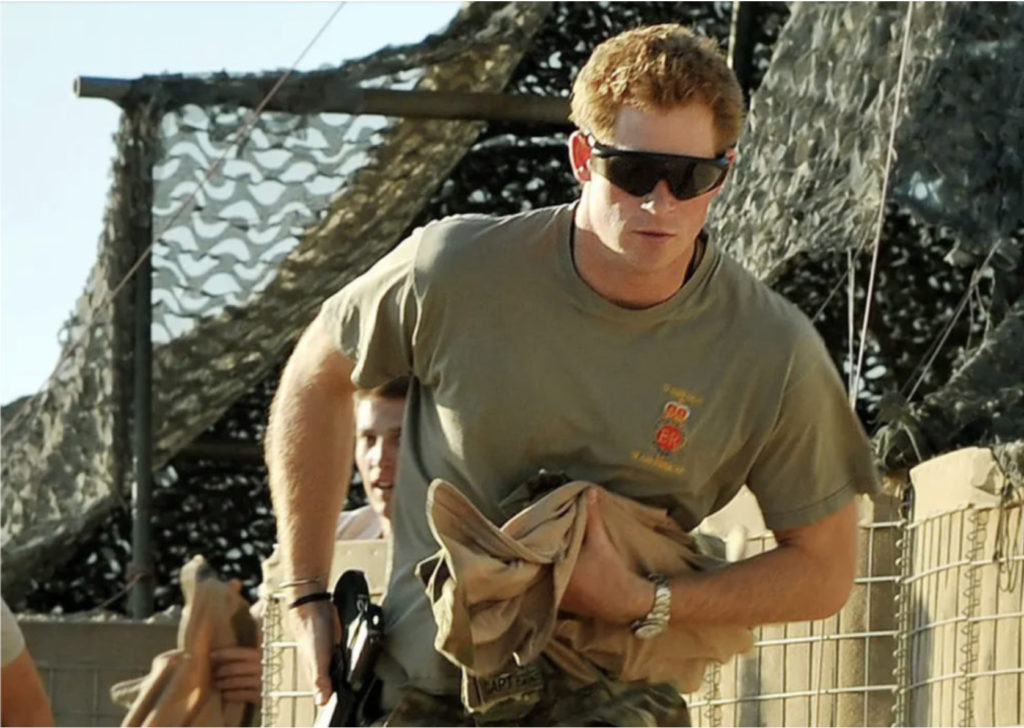
In today’s story, the Good Guys do not win. The Bad Guys perished in the effort, but, per their weird twisted moral calculus, that was likely their goal from the outset. Embedded within this narrative, however, is both a compelling story and some valuable lessons learned. That the aftermath, horrifically tragic though it was, did not turn out to be hugely worse speaks to the heroism and professionalism of the US Marines and Allied forces involved.
The Challenge
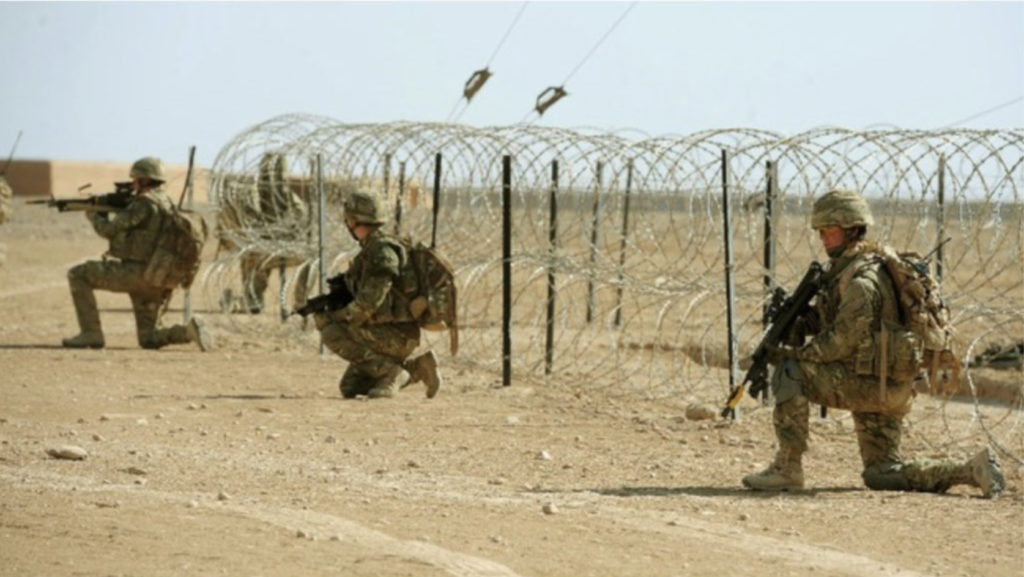
Establishing and maintaining all-around security for an aviation unit in a hostile area is a Gordian chore. It is one thing if you are a small SAS contingent tasked with occupying a modest wooded hilltop. It is yet another entirely when you must secure a sprawling airbase established in the middle of hostile territory.
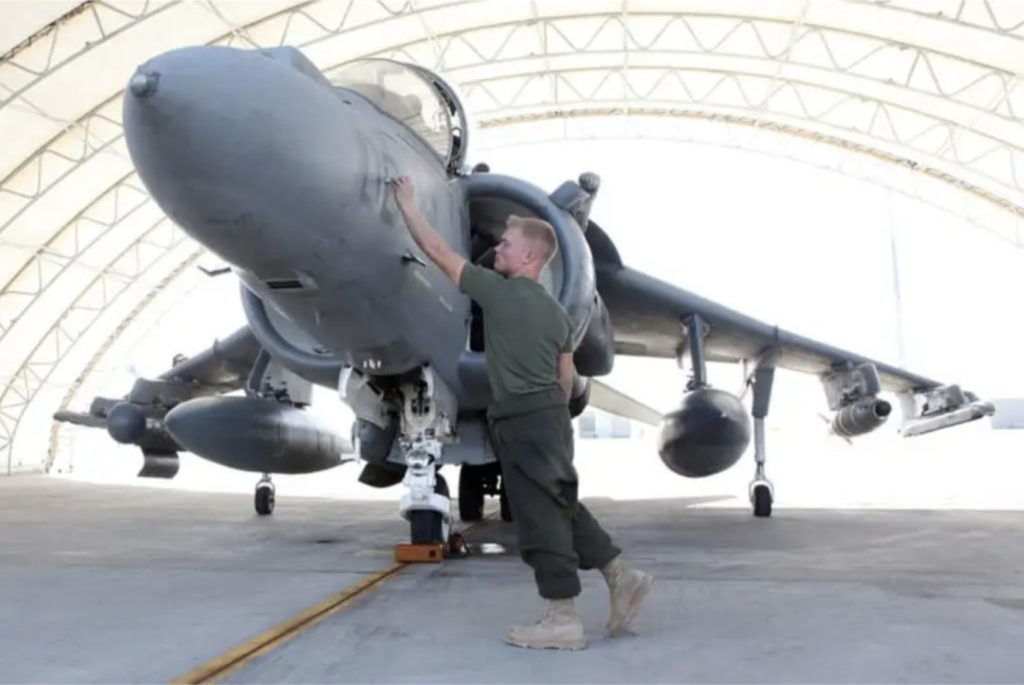
Why would they put an airfield in such a place anyway? Airplanes and helicopters are fast. That’s the point. They can move troops and ordnance over long distances quickly. In this case, however, the tactical exigencies were driven by the short legs of the machines in question and the desire for rapid response times. Positioning strike aircraft as close as possible to the battle zone maximized both loiter time on station and the availability of combat assets. It also put these valuable aircraft within easy striking distance of the Taliban.
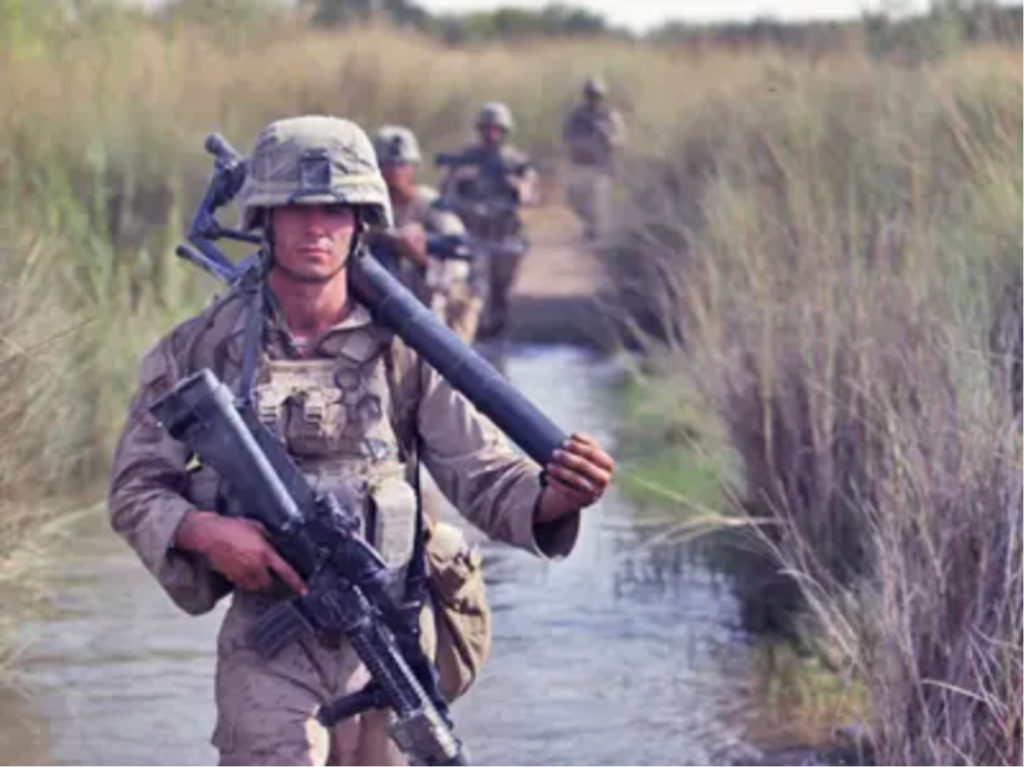
It really all comes down to geometry. Despite some simply incredible advances in military mobility, we yet remain fairly 2-dimensional creatures. We walk, run, or creep along the ground in such a way that a secure perimeter will usually grant us a proper sense of peace and security. When that perimeter grows to ungainly dimensions is when mischief ensues.
The Setting
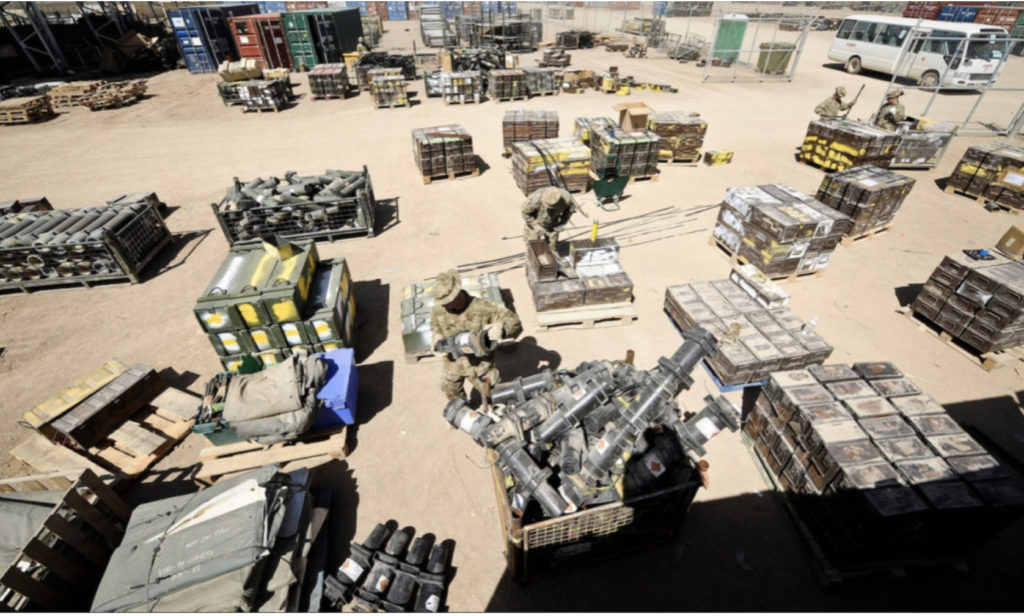
Camp Bastion was a sprawling former British Army airbase situated in a remote portion of Afghanistan’s Helmand Province. The Brits later christened it Camp Shorabak. The facility was originally just a tactical landing zone established in 2005 by an RAF Tactical Air Traffic Control Unit. What began as a handful of tents eventually evolved into a bustling military airfield some four miles long by two miles wide. Camp Bastion was the largest British overseas military camp built since World War 2. At its apogee, Camp Bastion was home to 32,000 Allied troops from the US, the UK, and Denmark. It also played host to a substantial ANA (Afghan National Army) contingent as well as the US Marine Camp Leatherneck.
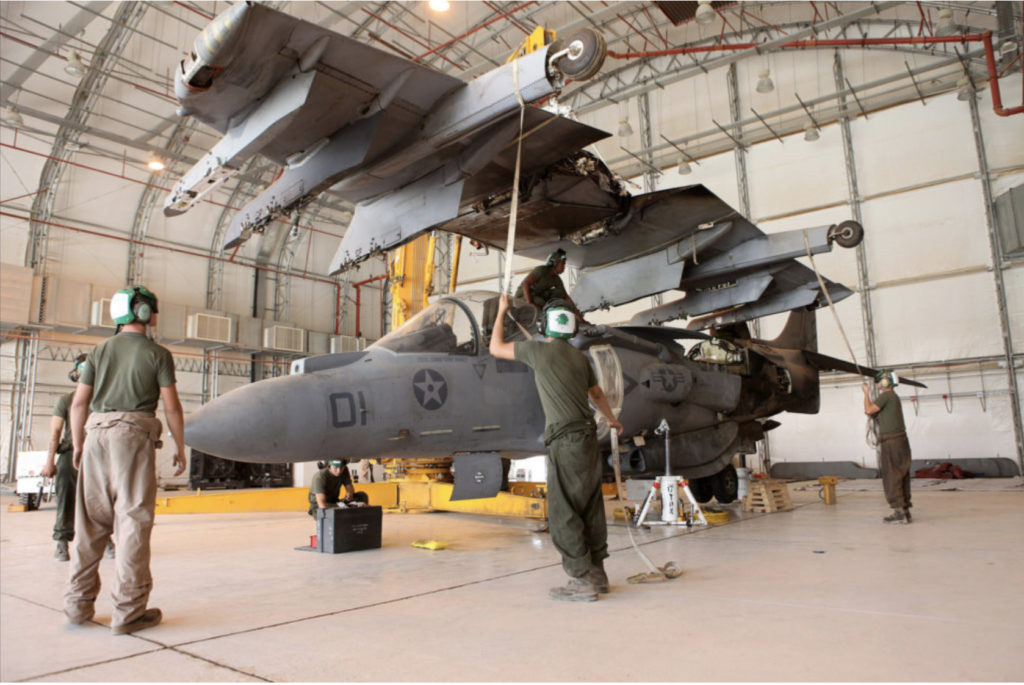
In 2012 Camp Bastion was equipped with a large number of AV-8B Harriers, AH-1W Cobra attack helicopters, UH-1Y Venom Marine utility helicopters, British AH-64 Apaches, and sundry other Allied aircraft up to and including USAF C-130 cargo planes. In support of these variegated fighting machines was a substantial runway and extensive maintenance facilities. Security for all this stuff fell to a joint UK/US force comprised of RAF personnel, Commonwealth troops, and US Marines. At the time of the attack, Prince Harry was flying combat operations out of Camp Bastion as a British Army AH-64 Apache pilot.
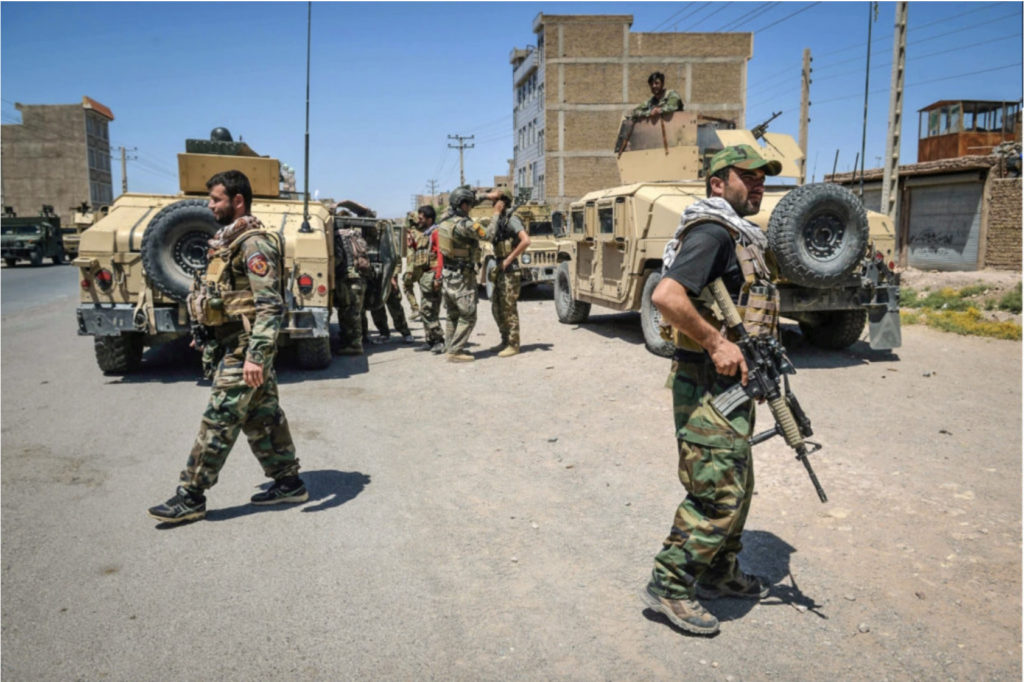
Maintaining security is one of the most odious aspects of the military experience. Defensive anything puts the defenders at a natural disadvantage. An attacker chooses the time and place of an engagement. To counter successfully the defenders have to remain ever-vigilant. Keeping that edge amidst long periods of tedium demands dedication, discipline, and deft inspirational leadership.

Things at Camp Bastion had fallen into a routine. We had been involved in Afghanistan for more than a decade, and the optempo of tactical aircraft in and out of the place remained monotonously steady. Roughly one month prior to the attack US Marine MG Charles Gurganus, the base commander, had reduced the number of Marines patrolling the base perimeter from 325 to 100. This turned out to be a fairly momentous decision.
The Enemy
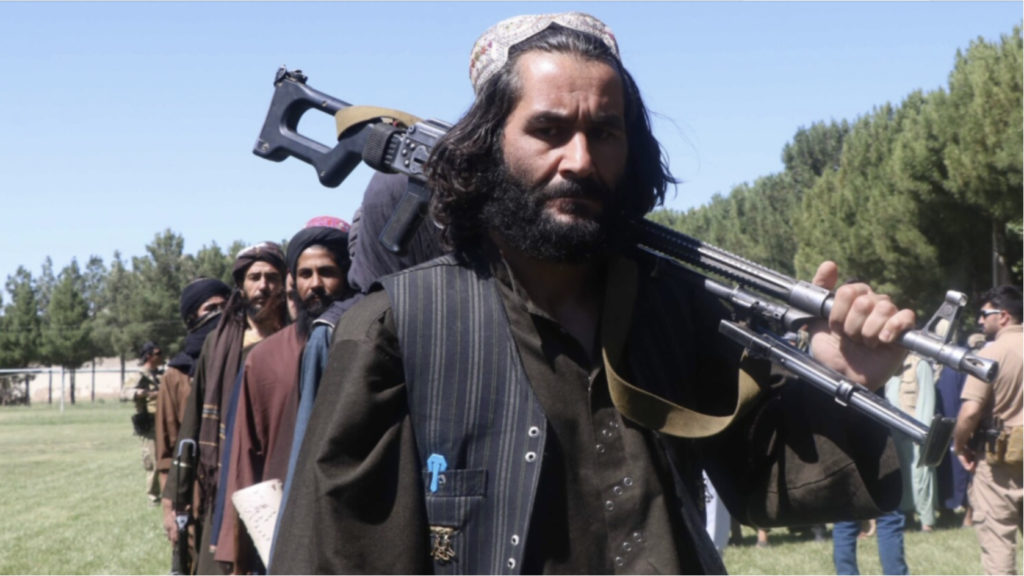
Considering they are little more than souped-up cavemen with Kalashnikovs, the Taliban made for some formidable military opponents. Their dark religious ethos is difficult to comprehend for Western folk. Political capitulation rather than military defeat granted them ultimate victory in Afghanistan in the summer of 2021. What they have unleashed upon their country subsequent to that debacle was lamentably predictable.
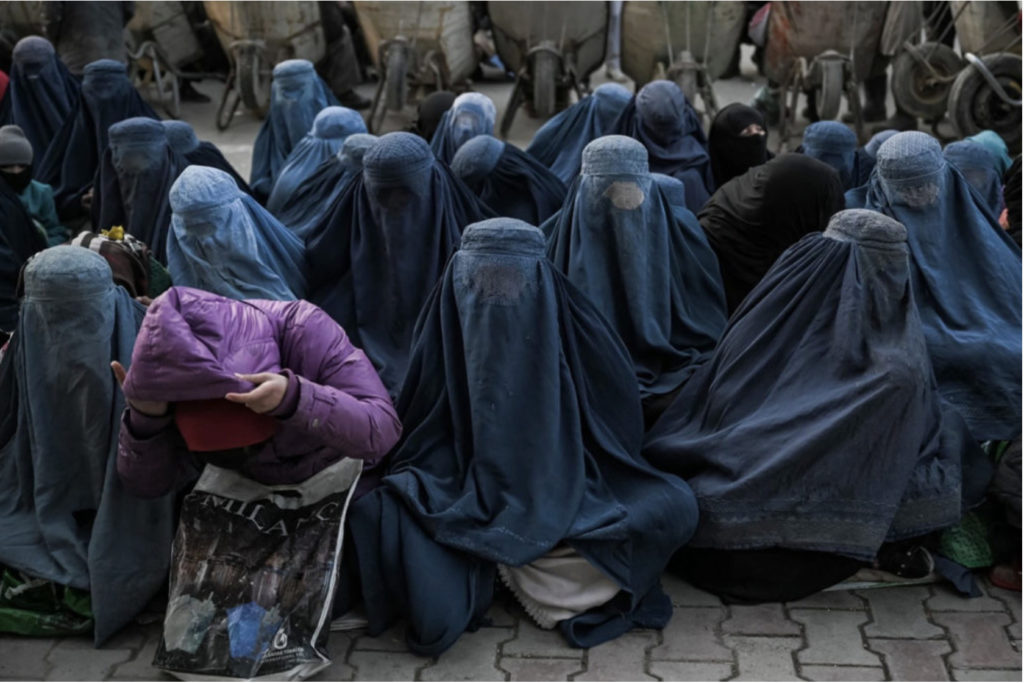
A point of personal privilege–of all the twisted things the Taliban has inflicted upon their people in the name of their dark Satanic god, I think it is the plight of Afghan women that troubles me most. At a time when Americans wax apoplectic over pronoun usage, Afghan girls are prevented from advancing beyond grade school by the threat of violence. The Taliban overlords mandate that their women be treated solely by female physicians. They then ensure that there is no pipeline to replace the current profoundly limited crop of female doctors. Hijab laws are such that an Afghan woman now might live out her entire life never having felt the sun on her skin. Of all the world’s manifest injustice I fear this might be about the worst.
The Attack
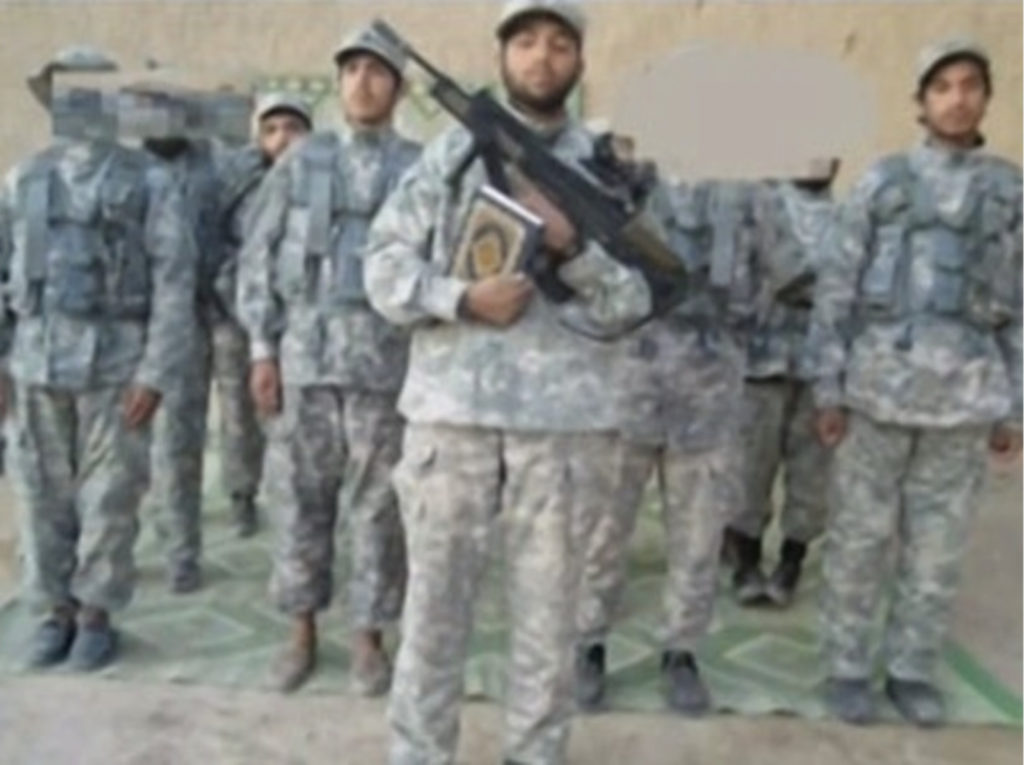
The Taliban executed this attack with a team of fifteen jihadists all wearing pilfered American ACU uniforms replete with patches and name tags. They carried a variety of small arms including RPG antitank weapons as well as copious Soviet-era F-1 grenades. They later claimed that the impetus behind the assault was two-fold. The film the Innocence of Muslims had recently debuted, and they hoped to somehow kill or capture Prince Harry as well. Radical Muslims found this movie deeply offensive. Here’s a link to the film. I made it through about four minutes. It is epically bad.
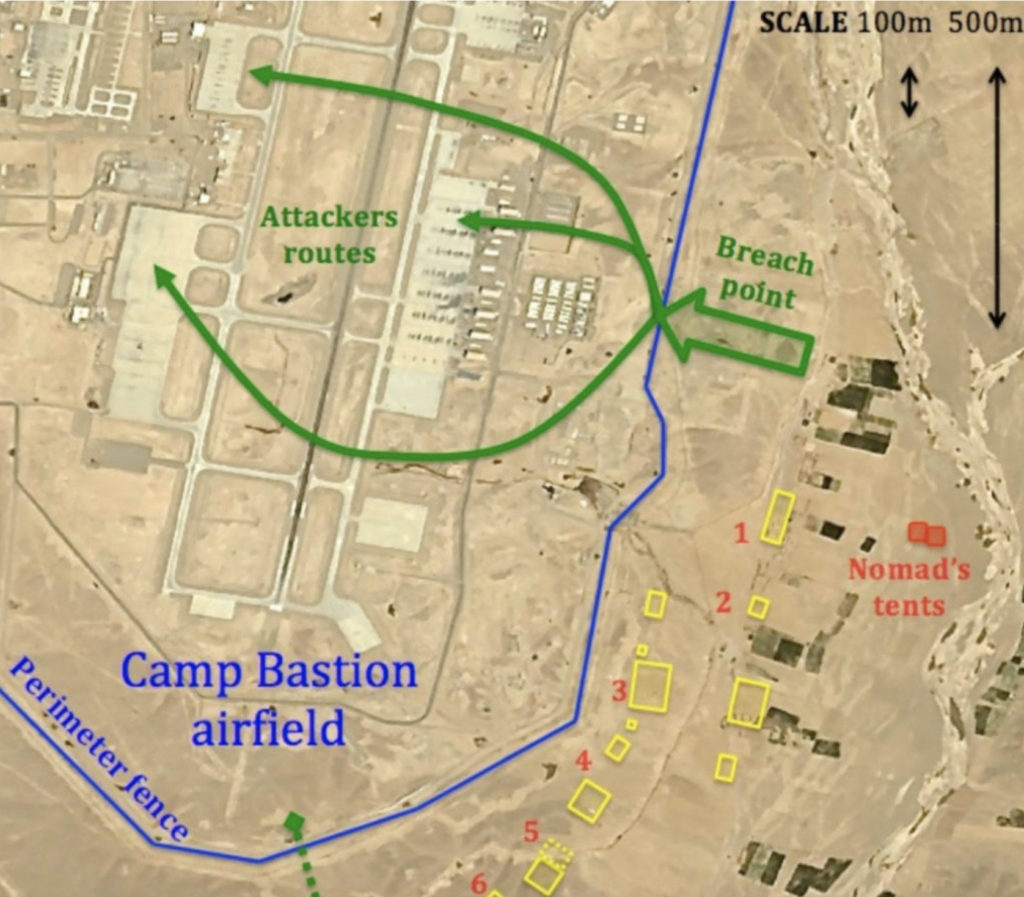
The Taliban assault force penetrated the base perimeter on September 14, 2012, at around 2200 hours local time at a point guarded by Tongan and UK troops. The breach point was near the Marine aircraft hangars. They then split into three 5-man elements.
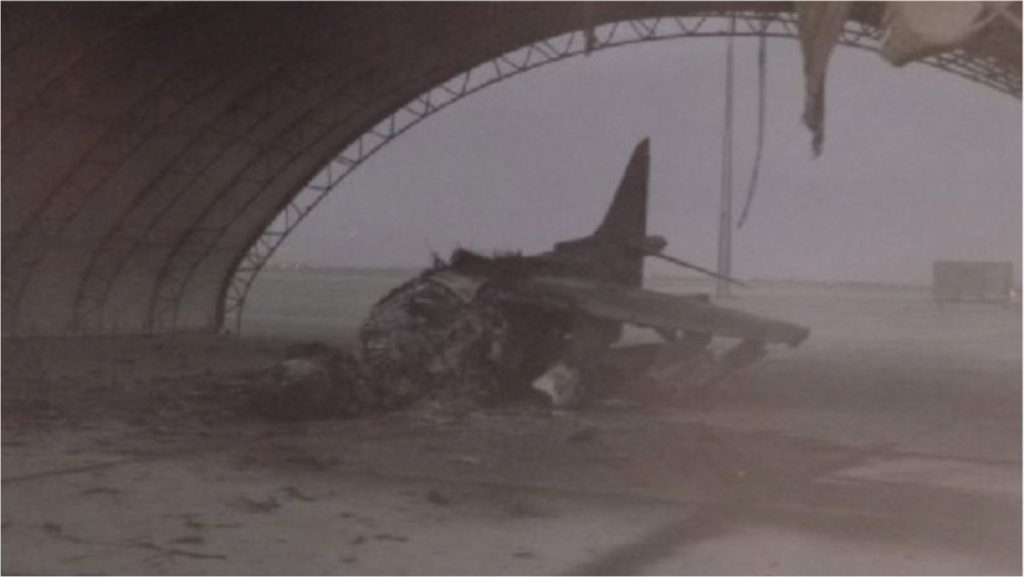
One team engaged a group of Marine aviation maintenance troops from VMM-161 before moving to attack the camp refueling stations. The second team focused on the parked aircraft. The third assaulted the post-cryogenics compound. As near as I could tell this facility managed low-temperature gases used for sighting systems and aviation support.
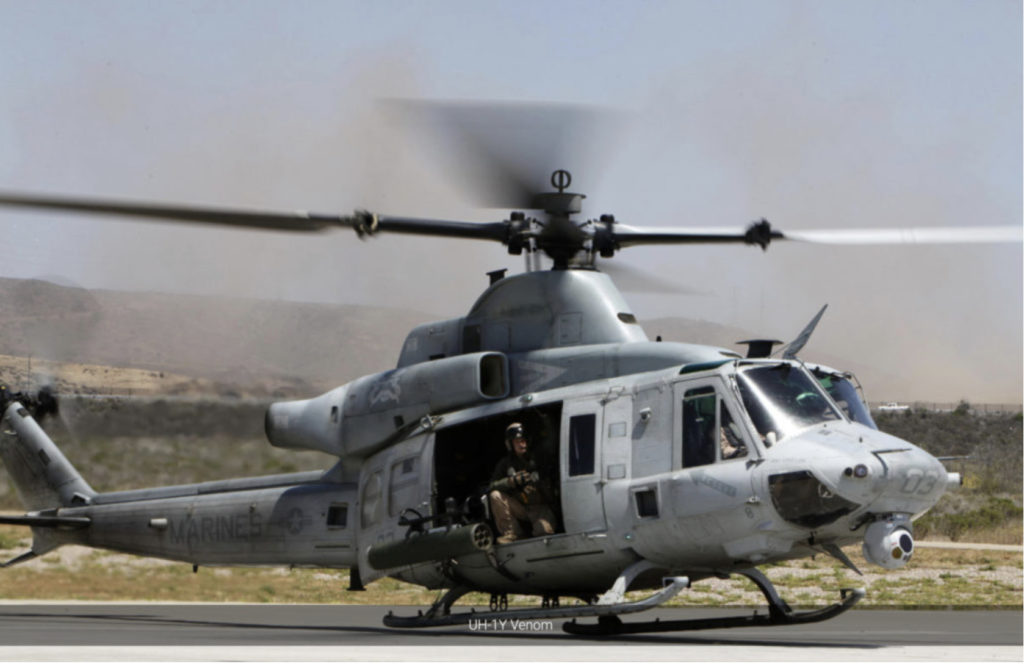
RAF security troops were onsite twelve minutes after the first shots were fired. The firefight went on for four hours. The second Taliban team detonated grenades in and on several Allied aircraft and engaged others with RPG fire. During the attack, aircrews scrambled UK Apaches as well as US Cobras and Venoms to lend close support. The Venom aircraft orbited the area supporting friendly troops with their door guns.
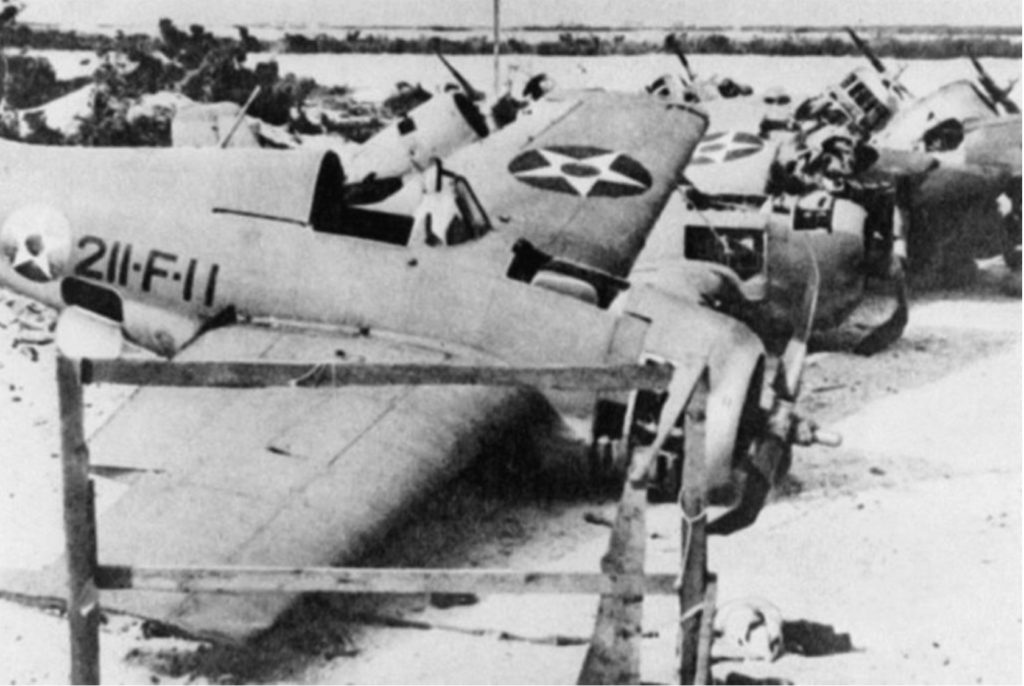
The pilots and aviation maintainers from Marine Attack Squadron VMA-211 took up their individual weapons and fought effectively as infantry in the close fight. This was the first time since the Battle of Wake Island during WW2 that US Marine aviation personnel had been called upon to do so. As the first five-man Taliban team moved down the flight line, Marines from VMM-161 cut them down, killing four and severely wounding the fifth, a 24-year-old fighter named Mohammed Nazeer.
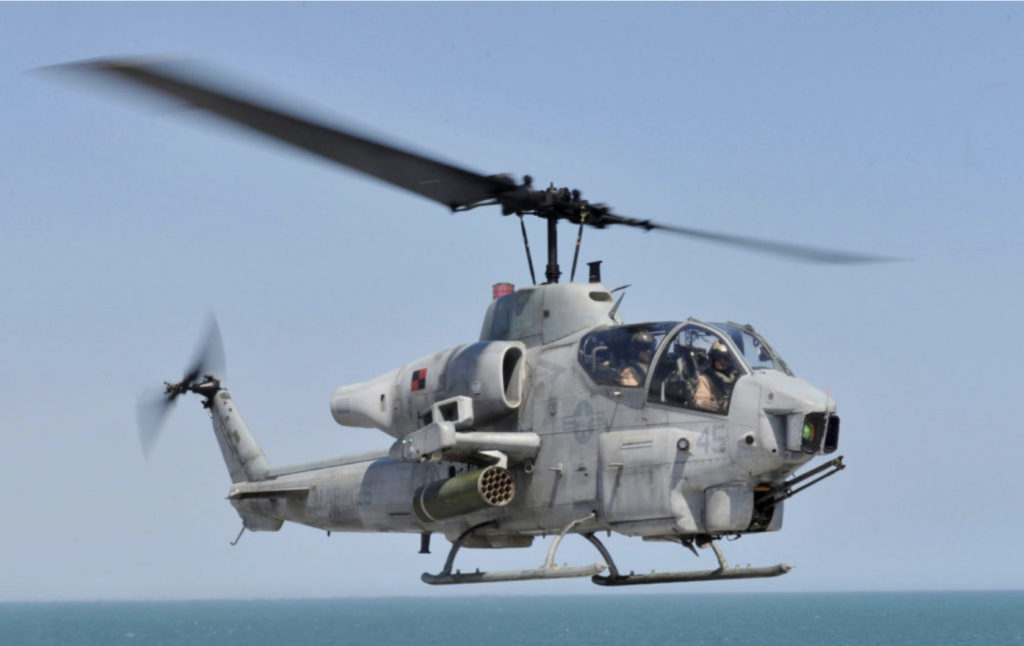
One of the other Taliban units was eventually flushed out of hiding by a joint RAF/USMC security element and killed with small arms fire. The final group of insurgents was eventually cut down by gunfire from orbiting helicopters after being fixed in place by the RAF Quick Reaction Force. However, all this was not without cost.
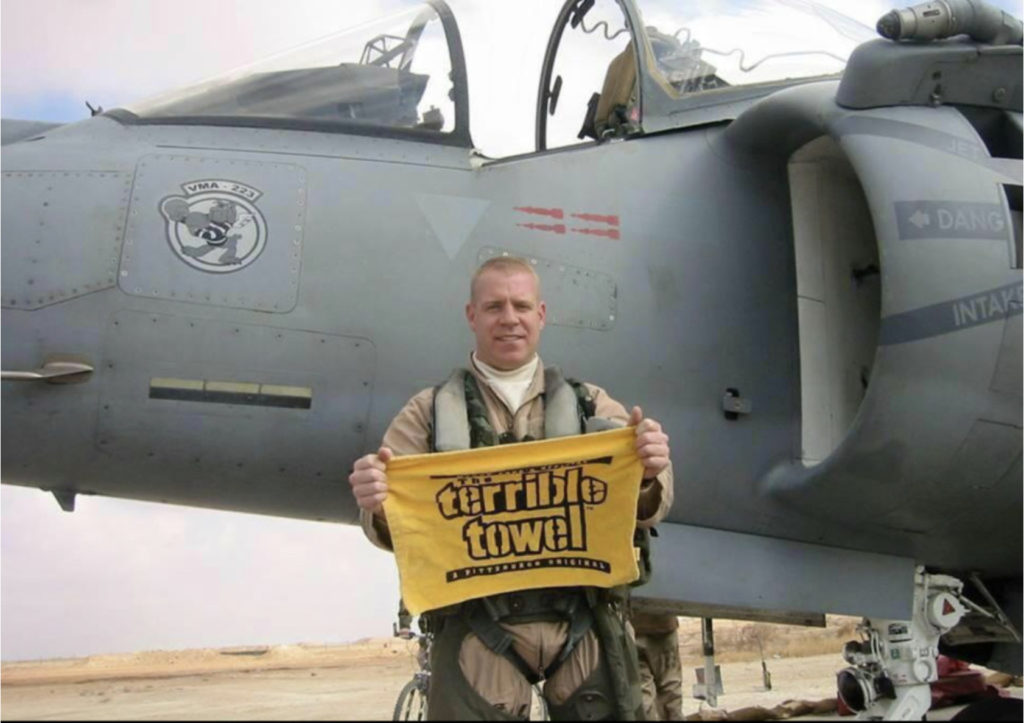
The VMA-211 squadron commander, USMC LTC Chris Raible, had been in his office at the time of the attack. Running toward the sounds of battle armed with nothing but a 9mm pistol, LTC Raible was standing near their medical section when an RPG round with an antipersonnel warhead impacted a nearby wall. A piece of shrapnel struck the Marine officer in the neck, and he bled out.
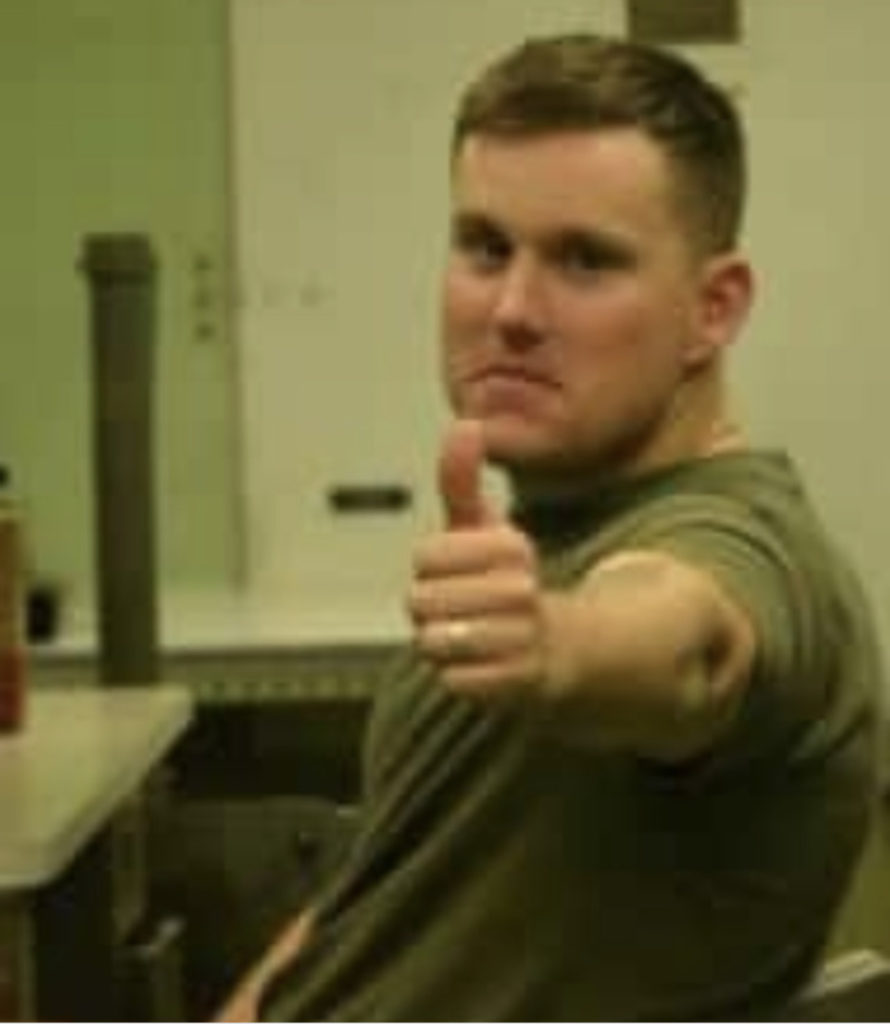
USMC Sergeant Bradley Atwell was staging nearby preparing to join the base defense efforts. Frags from an RPG round killed him as well. LTC Raible was 40, and SGT Atwell was 27.
The Aftermath
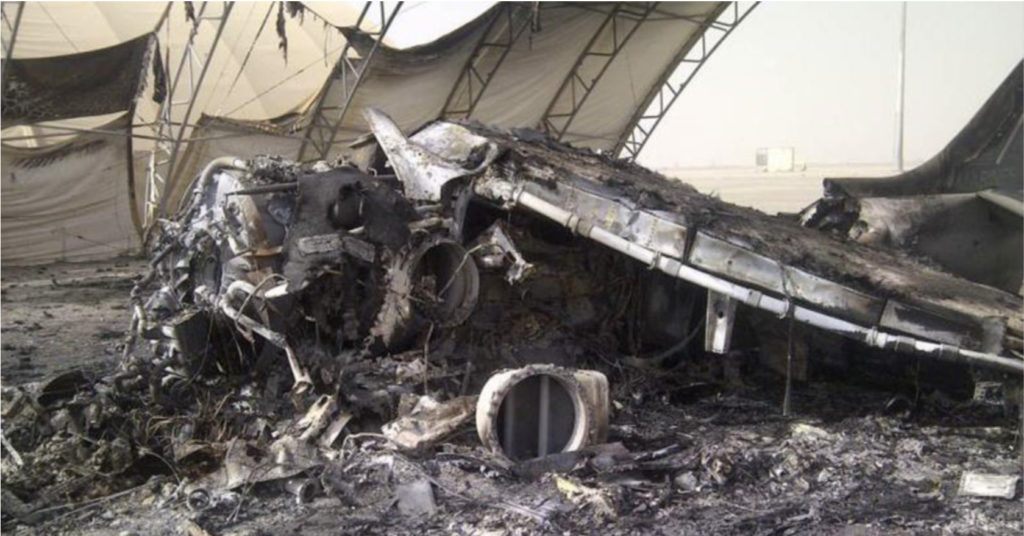
Mohammed Nazeer survived, while the rest of the Taliban attackers perished. Six Harriers were destroyed and another two were damaged. These losses constituted six percent of the Marines’ active Harrier force. However, the Marines had another fourteen Harriers onsite 36 hours after the raid. The Taliban force destroyed a USAF C-130 on the ground as well.
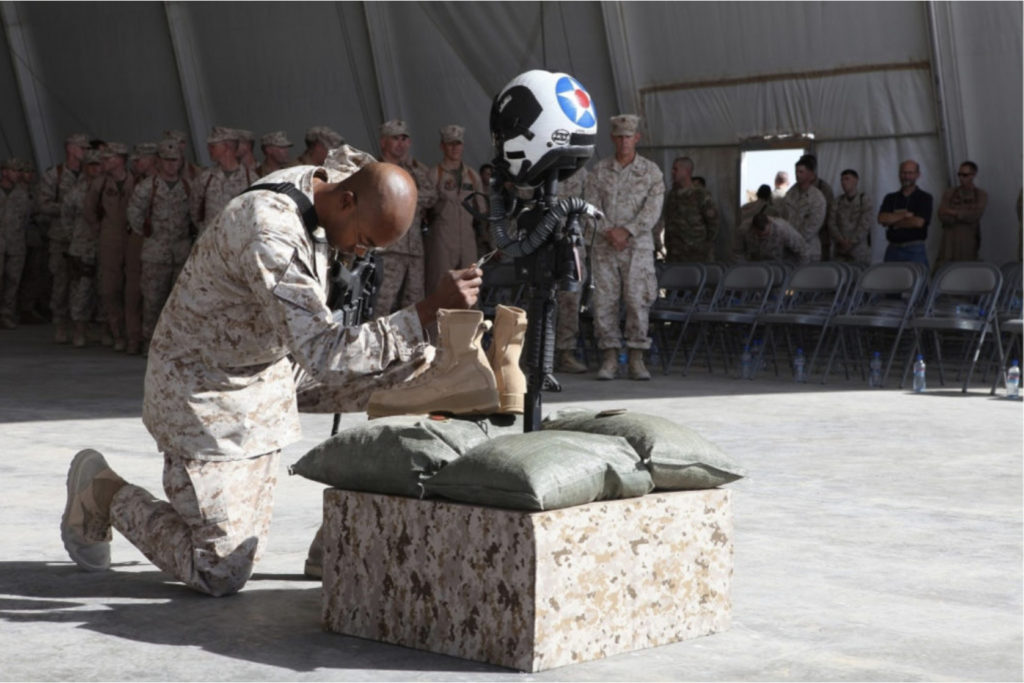
In addition to LTC Raible and SGT Atwell, the Taliban wounded seventeen US and UK troops. Three refueling stations were destroyed, and six soft-skinned maintenance facilities were damaged. Allied losses ultimately totaled some $200 million.
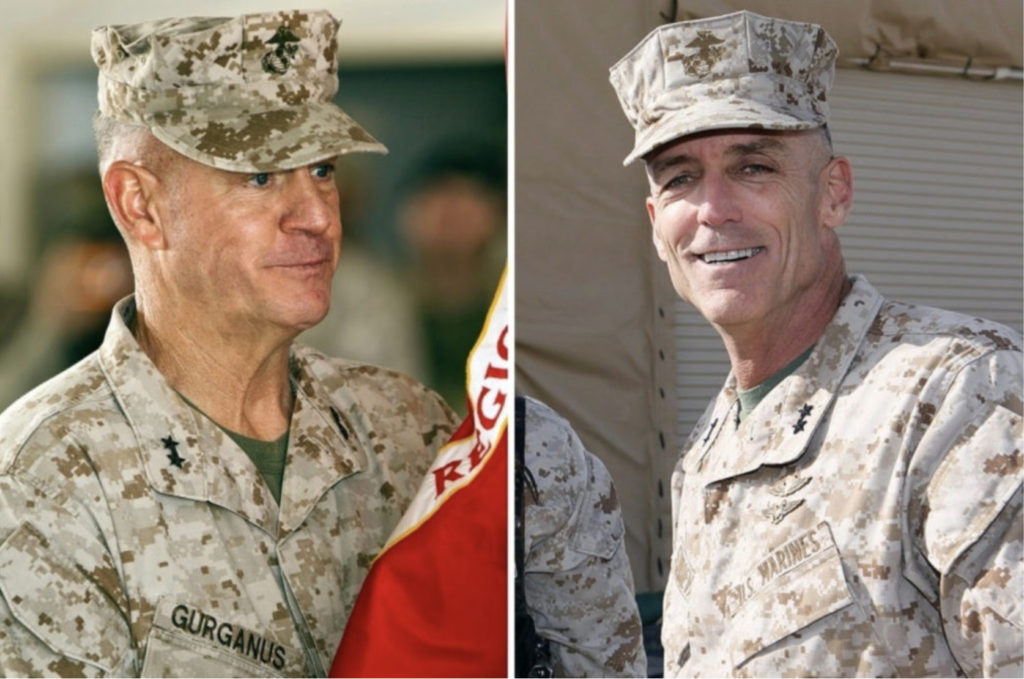
At the time of the attack MG Gurganis was on the promotion list for Lieutenant General. After an investigation found that he was responsible for the degradation of base security he was quietly retired. MG Gregg Sturdivant was in command of USMC aviation assets in the area, and he got a similar treatment. Subsequent interviews with USMC personnel revealed that they had caught Tongan troops asleep on guard duty near where the Taliban breached the wire on several occasions. The British High Commissioner to Tonga vigorously disputed this allegation. The attack was the single greatest loss of US airpower since the Vietnam War.